Big cats have always captivated the human imagination with their majestic presence and formidable prowess. While many of us envision these creatures as solitary hunters stalking the wilderness alone, there are several species that challenge this notion with their surprisingly social behaviors. Let’s explore these intriguing big cats that demonstrate fascinating social structures in the wild.
The Social Dynamics of Lions

Lions are perhaps the most well-known social big cats, residing in complex social groups known as prides. A pride typically consists of several related females, their cubs, and a few males. This cooperative social structure enables lions to efficiently hunt large prey, raise their young, and defend territory. Social bonds among pride members are reinforced through grooming and vocal communications, exhibiting a highly evolved form of social organization.
Cheetahs: A Brotherhood of Speed
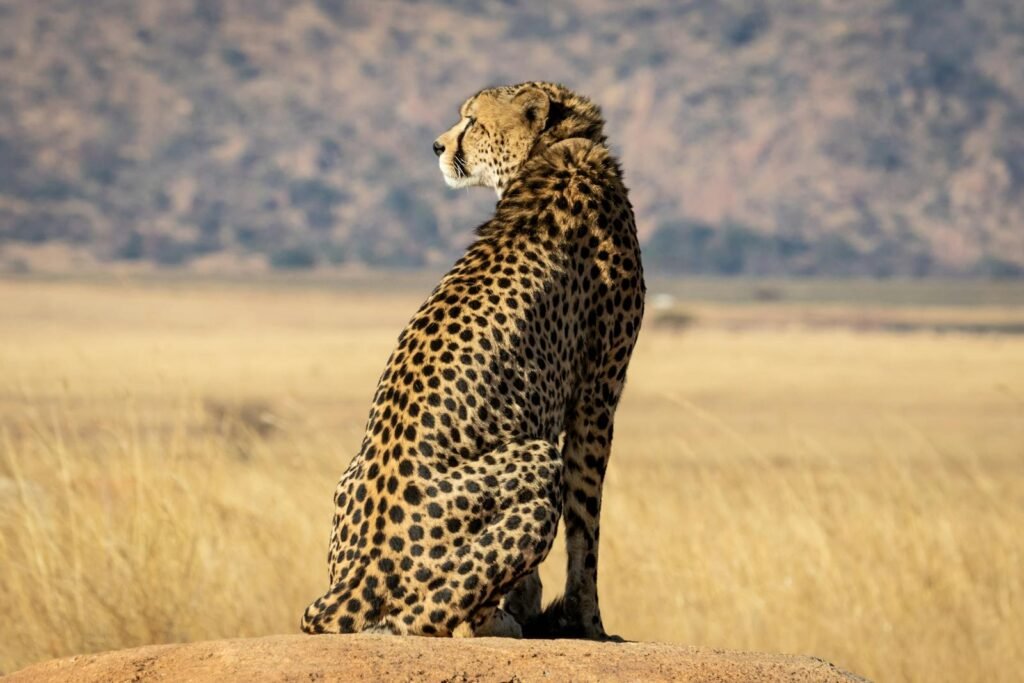
Unlike their solitary female counterparts, male cheetahs often form strong social bonds known as coalitions. These coalitions typically consist of brothers from the same litter, although unrelated males might join. Living together allows them to collaboratively patrol territories, share resources, and increase hunting success, as handling larger prey becomes feasible through teamwork.
Leopards: Solitary with a Social Twist
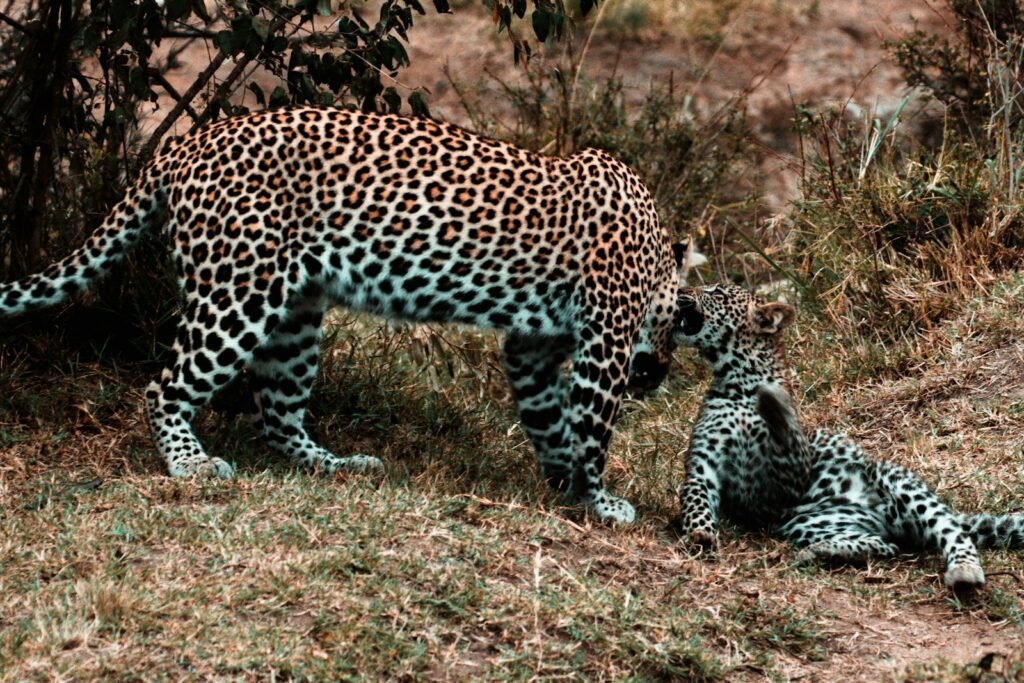
Generally perceived as solitary animals, leopards display surprising social interactions, especially among mothers and their cubs. However, males and females will also interact during mating, and there have been instances of males providing food for females and offspring. Some studies indicate that leopards might form temporary hunting alliances, suggesting that their social tendencies are more flexible than previously thought.
The Communal Nature of Snow Leopards
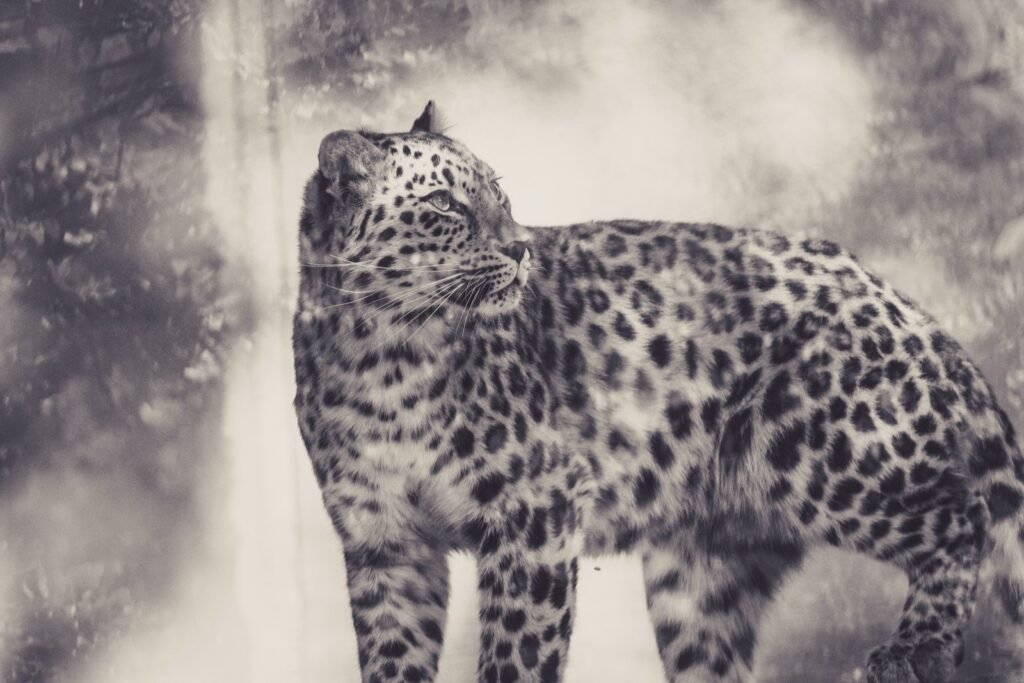
Though often cast as solitary, new evidence reveals that snow leopards occasionally demonstrate social behaviors unseen in other cat species. During harsh winters or in zones with abundant prey, snow leopards have been known to share kills or even travel in groups. While these instances are rare, such behaviors indicate the potential for more complex social structures than traditionally believed.
Jaguars and Resource Sharing
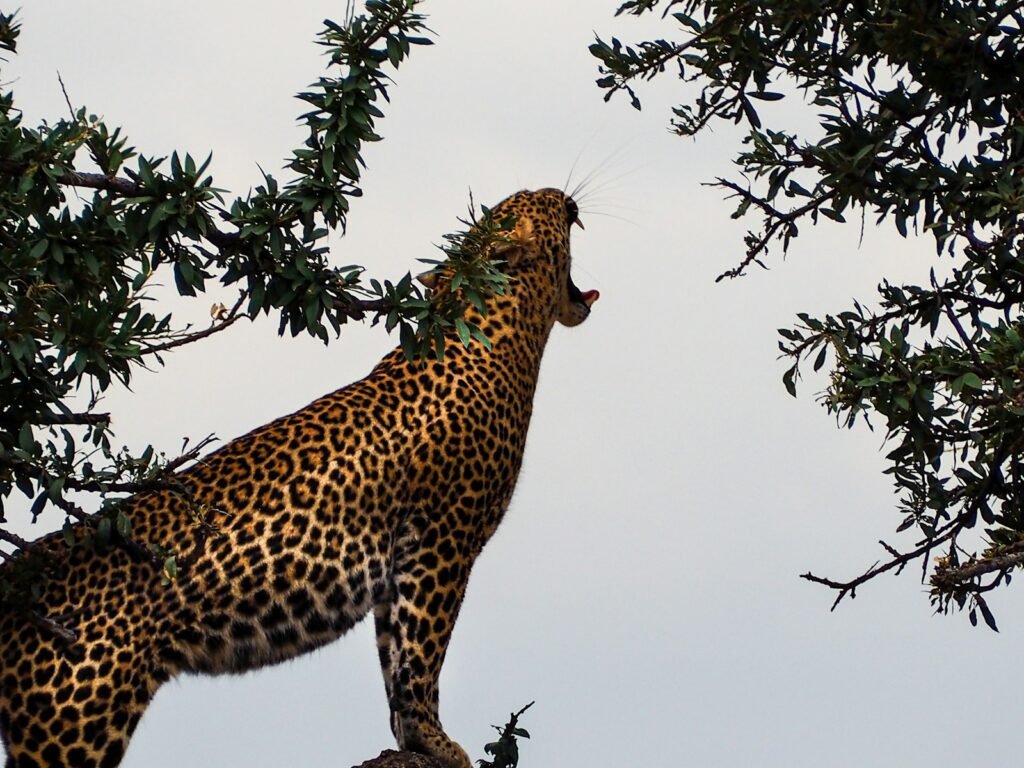
In the dense jungles of South and Central America, jaguars typically hunt alone. However, resource sharing and occasional social interactions have been recorded among these powerful creatures. Female jaguars and their young often interact, and mother jaguars teach essential survival skills to their cubs, hinting at social learning and communal behavior in their natural habitat.
The Sociable Side of Cougars
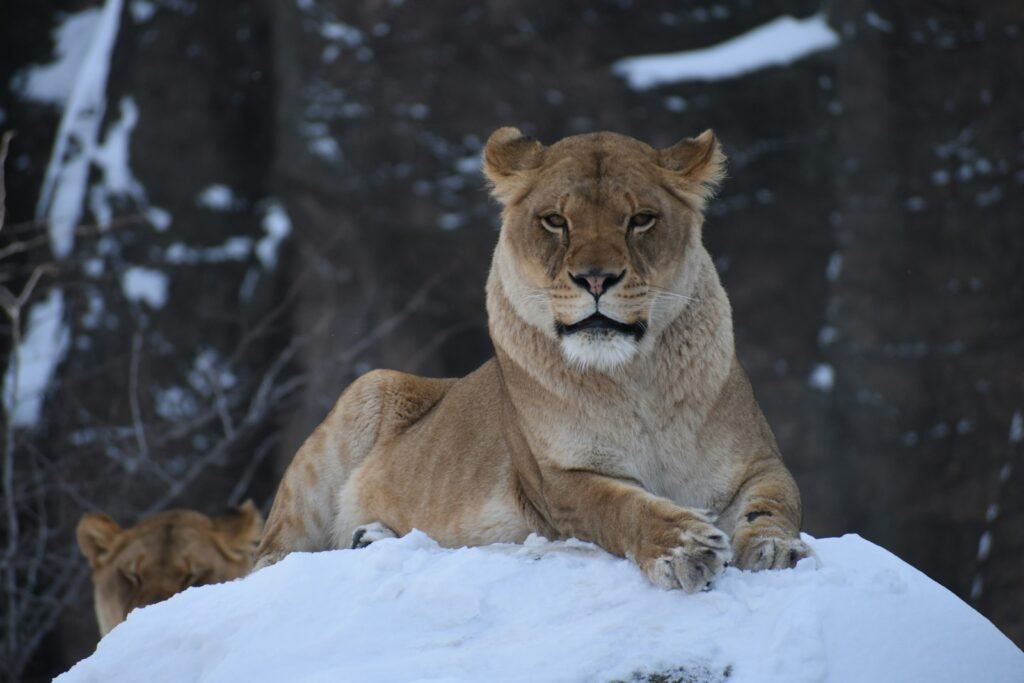
Cougars, also known as mountain lions, are generally solitary, yet studies have observed them engaging in non-hostile interactions more frequently than expected. Especially in areas with high prey densities, cougars have been seen sharing kills and exhibiting behaviors that suggest a degree of acquaintance or tolerance among neighboring individuals.
The Elusive Clouded Leopards
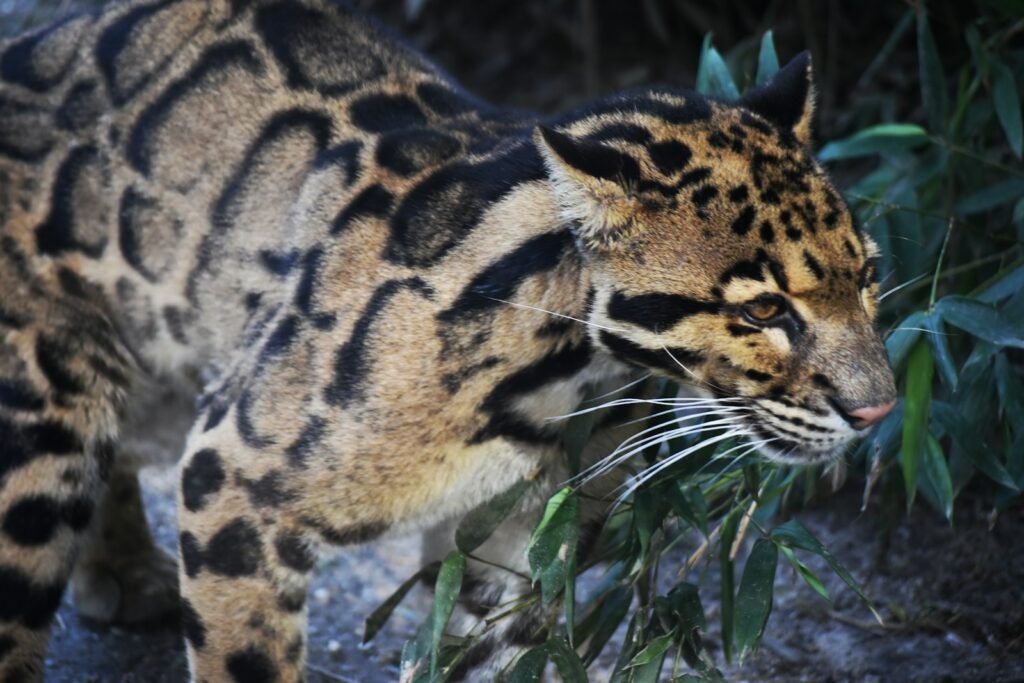
Clouded leopards, known for their secretive nature, are usually solitary, but in captivity, they form strong social bonds. These observations suggest that under certain conditions, such as increased prey availability or reduced territorial pressures, clouded leopards might develop social interactions in the wild similarly to other big cat species.
Social Structures and Their Evolutionary Benefits
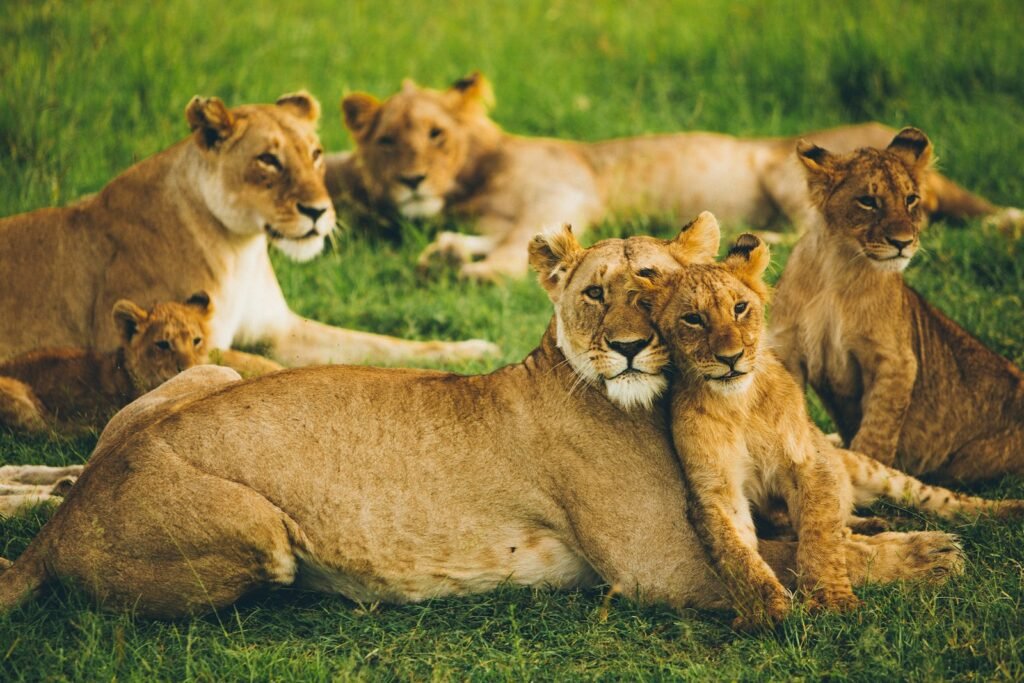
The capacity for social behavior in big cats is often tied to ecological and environmental pressures. By forming social structures, individuals can experience benefits such as increased hunting success, protection from predators, and improved survival rates of offspring. Social dynamics can also aid in territory marking and defense, ensuring shared access to resources crucial for survival.
Adaptability and the Big Cat Social Spectrum
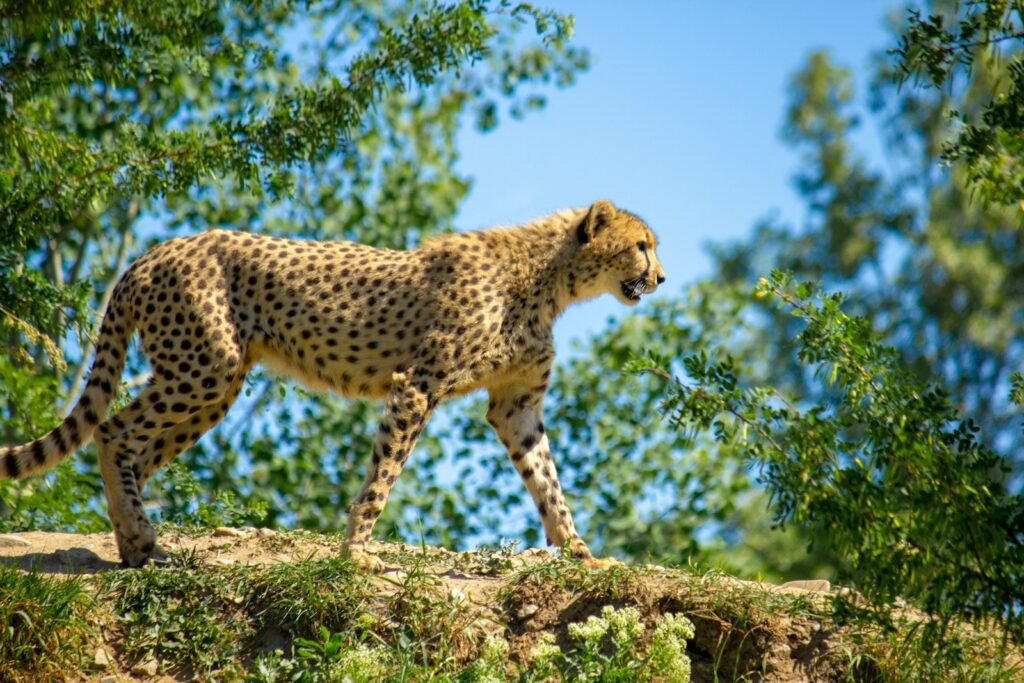
The social behaviors of big cats demonstrate remarkable adaptability, varying significantly across species and individual populations. Factors such as prey availability, habitat, and human pressures can influence the degree of social interactions. This adaptability highlights the importance of understanding and preserving diverse ecosystems to support the behavioral richness of big cat species worldwide.
Conservation Implications of Social Behavior
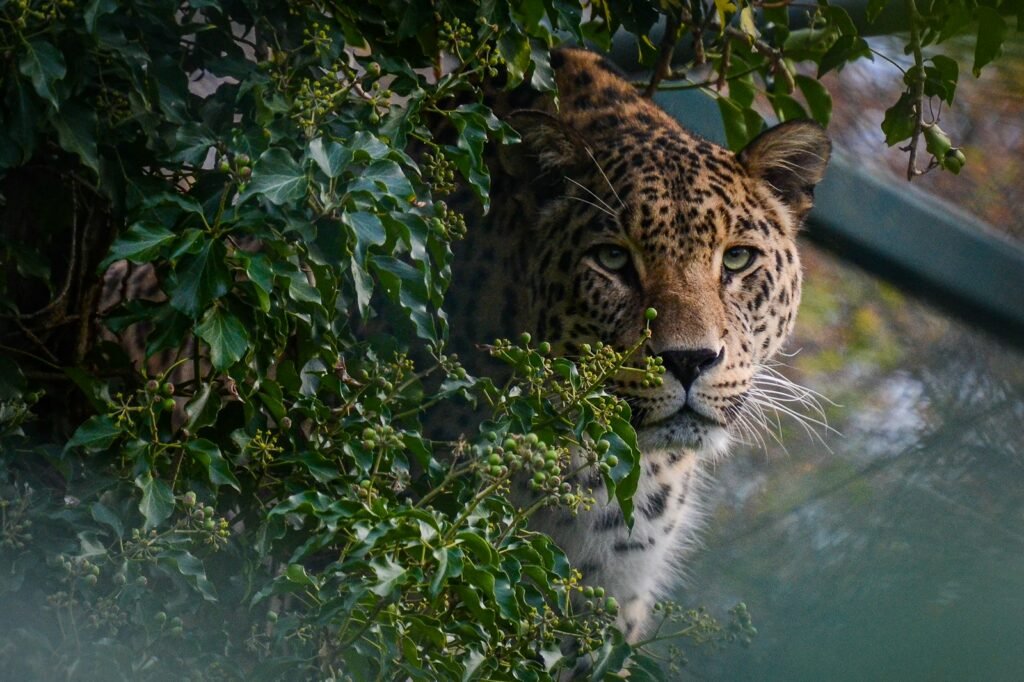
Understanding the social dynamics of big cats is crucial for effective conservation strategies. Social behaviors can impact population dynamics, genetic diversity, and resilience against threats such as habitat destruction and poaching. By acknowledging these aspects, conservation efforts can be better tailored to support both solitary and social populations, ensuring their continued presence in our world’s ecosystems.
The surprising social behaviors of big cats open windows to understanding their diverse lifestyles and ecological needs. Far from being the solitary creatures they are often thought to be, these magnificent animals exhibit a range of social interactions that enrich our knowledge of the natural world.

Growing up traveling and experiencing new cultures and wonders, I have had a passion for nature, adventuring, photography, and videography. I am currently working towards a BSc in Biodiversity and Ecology at Stellenbosch University, and I hope to specialise in Marine Sciences one day.
Please send any feedback to Feedback@animalsaroundtheglobe.com






